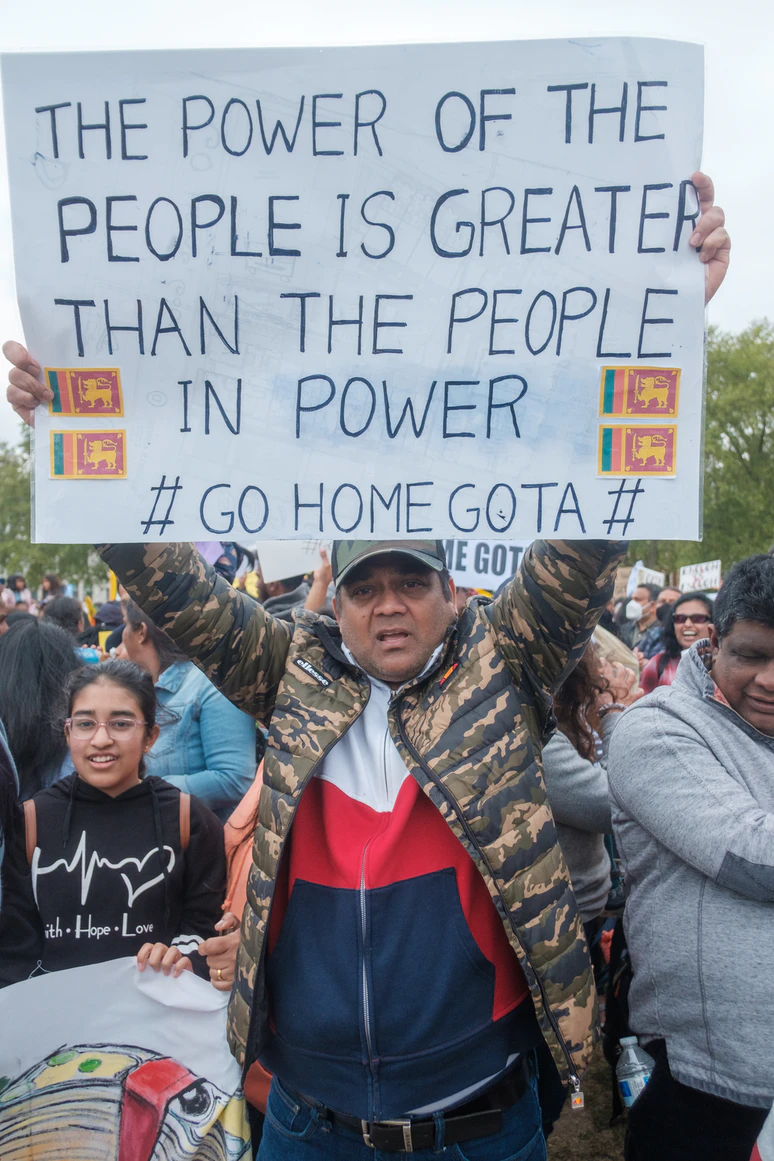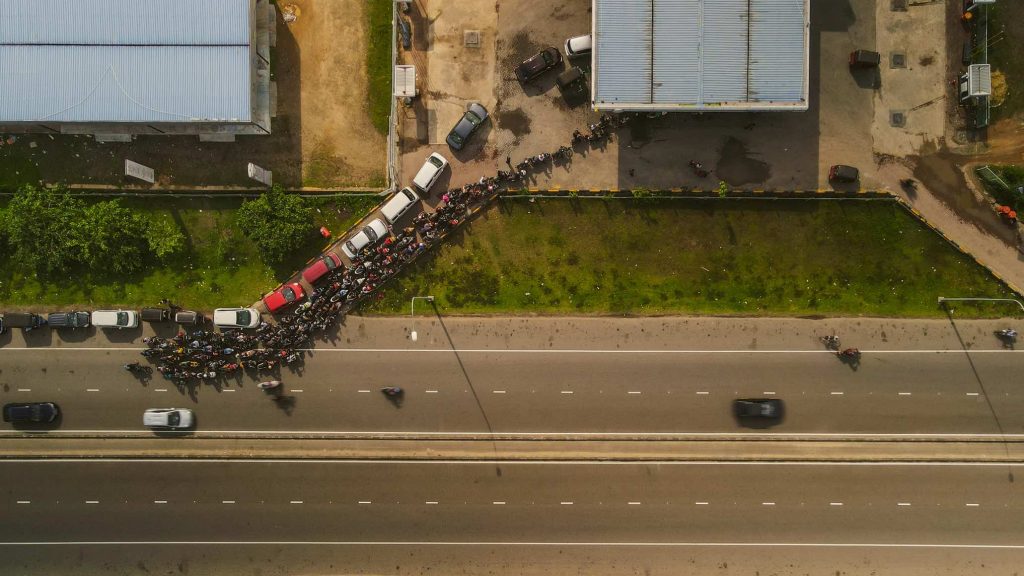When you think about the country Sri Lanka, I’m sure a few things come to mind. Maybe you visualise the island nation’s tranquil landscape and the endless beaches that lead into lush rainforests. Maybe you start drooling over the thought of devouring delectable curries and sipping a coconut at that golden hour. But I’m sure the image of 22 million people struggling to make ends meet amongst crippling inflation, a nation-wide shortage of food and other valuable commodities, and escalating civil unrest aren’t the first things that come to mind. In recent months, the seemingly peaceful tourist destination of Sri Lanka has become the centre of an economic crisis. While the Sri Lankan Economic Crisis dominated global headlines in its early stages, the mainstream media has almost forgotten about the plight of the nation. So, what exactly has caused Sri Lanka’s worst economic crisis since independence in 1948?
Let’s start with the bigger picture before we get into the nitty gritty of the Sri Lankan Economic Crisis. Critics put the Sri Lankan Economic Crisis down to continuous economic and government mismanagement, a lack of financial planning by successive political leaders, and domestic issues accentuating pre-existing problems. Some even suggest that the crisis began as early as 2019, after the Easter Sunday bombings, where over 250 innocent people died in a bloodied terror attack. With tourist arrivals in Sri Lanka dropping by almost 50% after the extremist incident, former Prime Minister Mahinda Rajapaksa’s decision to cut taxes served to cripple an already downward spiralling economy. The Covid-19 Pandemic resulted in Rajapaksa’s brother and President of Sri Lanka, Gotabaya Rajapaksa further slashing tax rates. This fiscal effort has failed with government revenue dwindling, and the country unable to repay its mountains of debt. There are a plethora of internal and external factors that have contributed to the current economic crisis in Sri Lanka. Clearly, the economic drivers of the crisis, and perhaps, the crisis itself could have been avoided with judicious economic planning.

The Sri Lankan economy is a classic example of a twin deficits economy. Theoretically, this occurs when a nation has both a current account deficit (CAD) and a budget deficit. Simply put – an economy’s imports are greater than exports (the nation lacks the productive capacity to produce all its requirements), and government expenditure exceeds revenue (here, a lack of government revenue links back to politically driven tax cuts made by the Sri Lankan Prime Minister). A lack of necessary government revenue and reserves of only USD$2 billion added fuel to economic fire, and exacerbated concerns over whether the country would be able to repay debts of approximately USD$4 billion. Sri Lanka is now looking to the IMF for a life-line. The government is currently negotiating emergency financial assistance in the billions of dollars. It seems the only way of getting Sri Lanka out of its current debt trap is to acquire more debt; time will ultimately reveal if the nation can ever break free from the shackles of the debt trap scenario.
For Sri Lankans, the Russo-Ukrainian War has only worsened the current situation. Like most other globalised economies, Sri Lanka is struggling to gain access to and even afford, much needed fuel and oil supplies. There are reports that Sri Lanka’s fuel stocks are only sufficient for a few days at a time; the relief is temporary for people on the ground. The chronic fuel shortages have resulted in kilometre-long lines at petrol stations and some people camping out overnight. Tragically, citizens have even died waiting to fill their tanks. If individuals aren’t queuing up for petrol, they are likely to be in line for food and medicine rations. Sri Lanka’s current trajectory is nothing short of a dystopia and the sure beginnings of a humanitarian crisis.

A recent UNICEF assessment made on the human impacts of the Sri Lankan Economic Crisis suggests that 7 out of 10 families are cutting down on meals per day and the quantity of food they eat per day. Children are unable to access the basics of life because the country cannot import necessities such as food, oil and medicines. Children cannot travel to school due to vans running out of fuel, and principals can no longer offer school meals as many cannot afford to even feed themselves. Families are selling assets, borrowing and pawning in a bid to buy a new life through people smuggling and desperate asylum seeking measures. More than 300 Sri Lankans have tried to enter Australia in the past few weeks only to be turned back.
While there may be economic lessons that other nations can learn from the Sri Lankan experience, we can only watch in the days, months and possibly years to come as the Sri Lankan Economic Crisis continues to unfold.
References
https://edition.cnn.com/2022/06/16/asia/sri-lanka-fuel-crisis-five-days-stock-intl-hnk/index.html
https://indianexpress.com/article/explained/sri-lanka-economic-crisis-explained-7849208/
https://www.abc.net.au/news/2022-06-18/families-pushed-to-limits-amid-sri-lankas-economic/13935430
https://edition.cnn.com/2022/04/05/asia/sri-lanka-economic-crisis-explainer-intl-hnk/index.html
https://www.abc.net.au/news/2022-06-14/sri-lanka-people-smugglers-use-australian-election/101147394
